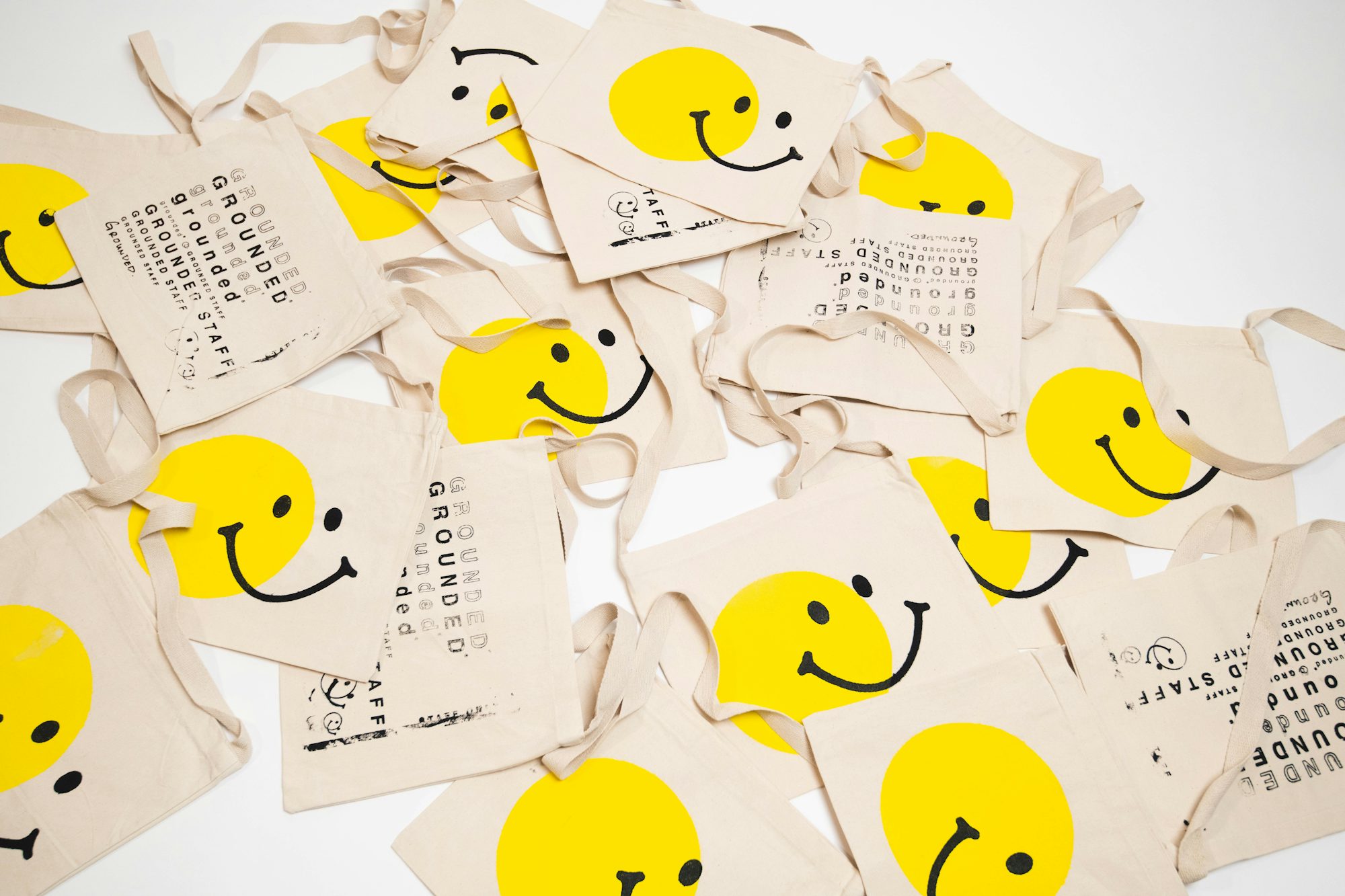Navigating the Modern Landscape of Male Modeling: Trends and Influences
This article examines the current trends and influences shaping the male modeling industry, highlighting the weddings evolving roles and opportunities for male models in today's fashion world.
Historically, male modeling has been defined by a narrow set of standards, often favoring tall, lean physiques that fit a specific aesthetic. The rise of iconic figures like Sean O'Pry and David Gandy helped to elevate male modeling to new heights in the 2000s, but it also underscored the limitations of traditional beauty ideals. As the fashion industry began to embrace change, a new wave of male models emerged, challenging the status quo and introducing a broader representation of masculinity.
One of the most significant trends influencing the male modeling industry today is the push for diversity and inclusivity. Brands and agencies are increasingly recognizing the importance of showcasing models from various ethnic backgrounds, body types, and age groups. This shift is not merely a response to consumer demand; it represents a fundamental change in how beauty is perceived. Today, male models who break the mold—whether through unique physical attributes or diverse cultural backgrounds—are gaining visibility and redefining traditional notions of masculinity.
Social media has played a crucial role in this transformation. Platforms like Instagram and TikTok allow models to connect directly with their audience, showcasing their personalities, styles, and experiences beyond the confines of professional shoots. This democratization of the modeling industry has enabled aspiring models to build their brands and find success on their own terms, fostering a culture of authenticity that resonates with younger generations. As models share their stories and engage with followers, they cultivate a sense of community that extends beyond mere aesthetics.
Within this context, various categories of male modeling have flourished. Fashion or runway models remain at the forefront, but the expectations have evolved. Today’s runway models are not only judged on their physical appearance but also on their ability to engage with the audience and embody the spirit of the collection. They serve as storytellers, bringing the designer’s vision to life and creating a memorable experience for spectators. This shift emphasizes the artistry of modeling, moving it beyond mere presentation to a form of creative expression.
Commercial modeling has also adapted to reflect these changes. In the past, commercial models were often seen as the relatable counterparts to high-fashion figures, but they now encompass a wide range of looks and lifestyles. This evolution allows brands to connect more authentically with consumers, making it crucial for models to embody the essence of the products they represent. The ability to relate to everyday experiences resonates deeply with audiences, creating a strong emotional connection that drives consumer behavior.
The rise of fitness modeling is another notable trend, spurred by the global focus on health and wellness. Fitness models are sought after for their athletic physiques and their ability to inspire others to adopt healthier lifestyles. This category has expanded to include a diverse array of body types, reflecting the growing acceptance that fitness comes in many forms. Fitness models often collaborate with brands to promote activewear, supplements, and workout regimes, helping to shape the narrative around physical health and self-improvement.
Editorial modeling continues to thrive as well, often at the intersection of fashion and fine art. Editorial models play a vital role in high-concept shoots, where the emphasis is on creativity and storytelling. These models are not just passive participants; they engage with photographers and creative directors to create visually stunning narratives that capture the essence of the clothing and the artistic vision. This collaboration showcases the multifaceted nature of male modeling, illustrating that it is as much about creativity as it is about appearance.
As the industry embraces inclusivity, the representation of mature male models has become increasingly important. Brands recognize the value of showcasing models over 40, celebrating the sophistication and experience that comes with age. This trend challenges stereotypes associated with aging, demonstrating that style is not limited by age but rather enriched by life experiences. Mature models bring a sense of authenticity and relatability, appealing to audiences who seek to see themselves represented in fashion.
Cultural representation is another vital aspect of modern male modeling. Models from diverse backgrounds not only contribute to a more inclusive narrative but also challenge prevailing stereotypes. They bring unique perspectives that resonate with global audiences, fostering a richer understanding of beauty and masculinity. As brands seek to appeal to a more diverse consumer base, the representation of various ethnicities and cultural backgrounds in campaigns is essential.
Moreover, the influence of gender fluidity is reshaping the modeling landscape. Non-binary and gender-fluid models are challenging traditional norms and expanding the definition of beauty. This inclusivity encourages a broader understanding of gender and allows for more authentic representations of identity in fashion. As the industry evolves, it becomes increasingly vital to recognize and celebrate these diverse expressions of masculinity.
In conclusion, the modern landscape of male modeling is marked by a dynamic interplay of trends and influences that reflect broader societal changes. From the push for diversity and inclusivity to the embrace of authenticity on social media, male models today are redefining their roles in the fashion industry. They are not just figures on a runway but storytellers, creators, and representatives of varied experiences. As the industry continues to evolve, it holds the promise of inspiring future generations of models and reshaping societal perceptions of beauty and masculinity. Through their work, male models contribute to a more inclusive world, where every identity is valued and celebrated.